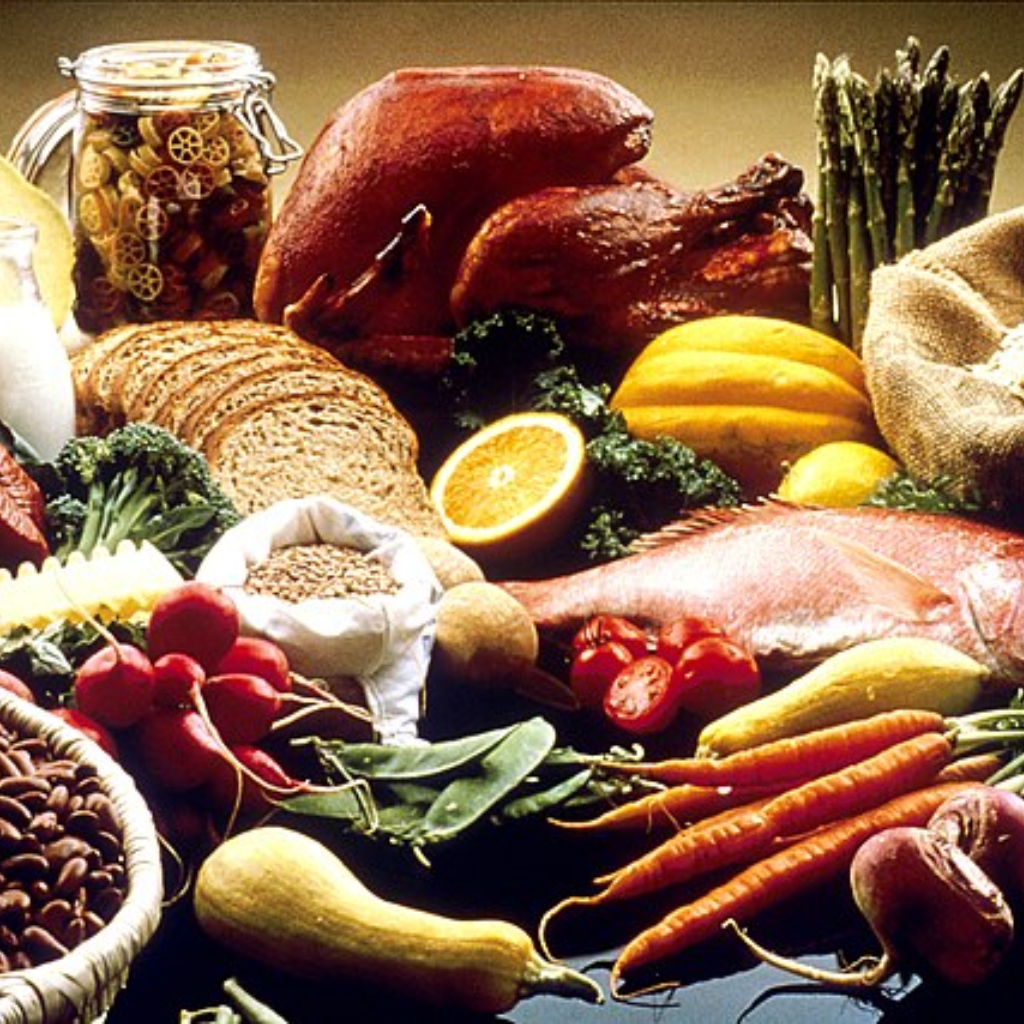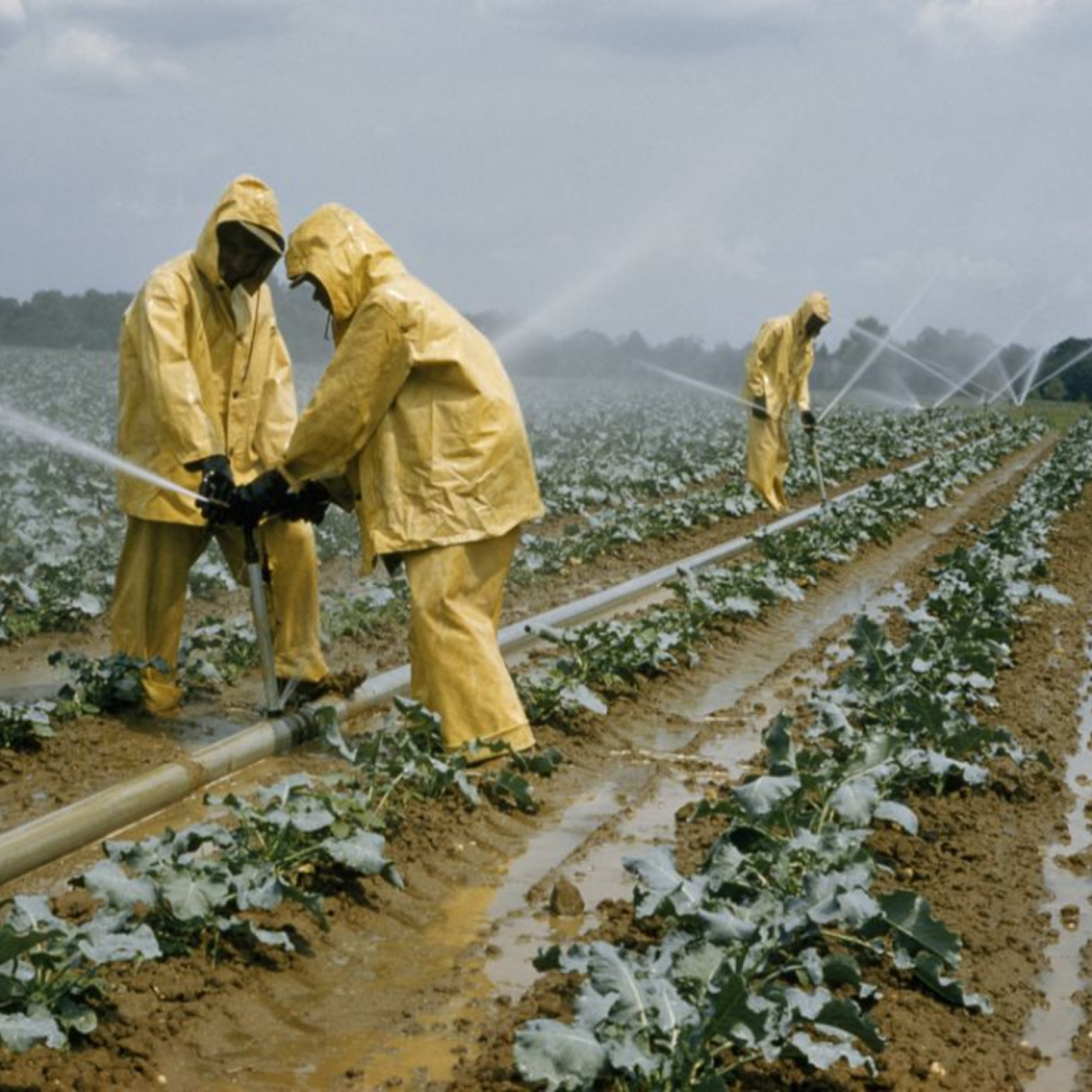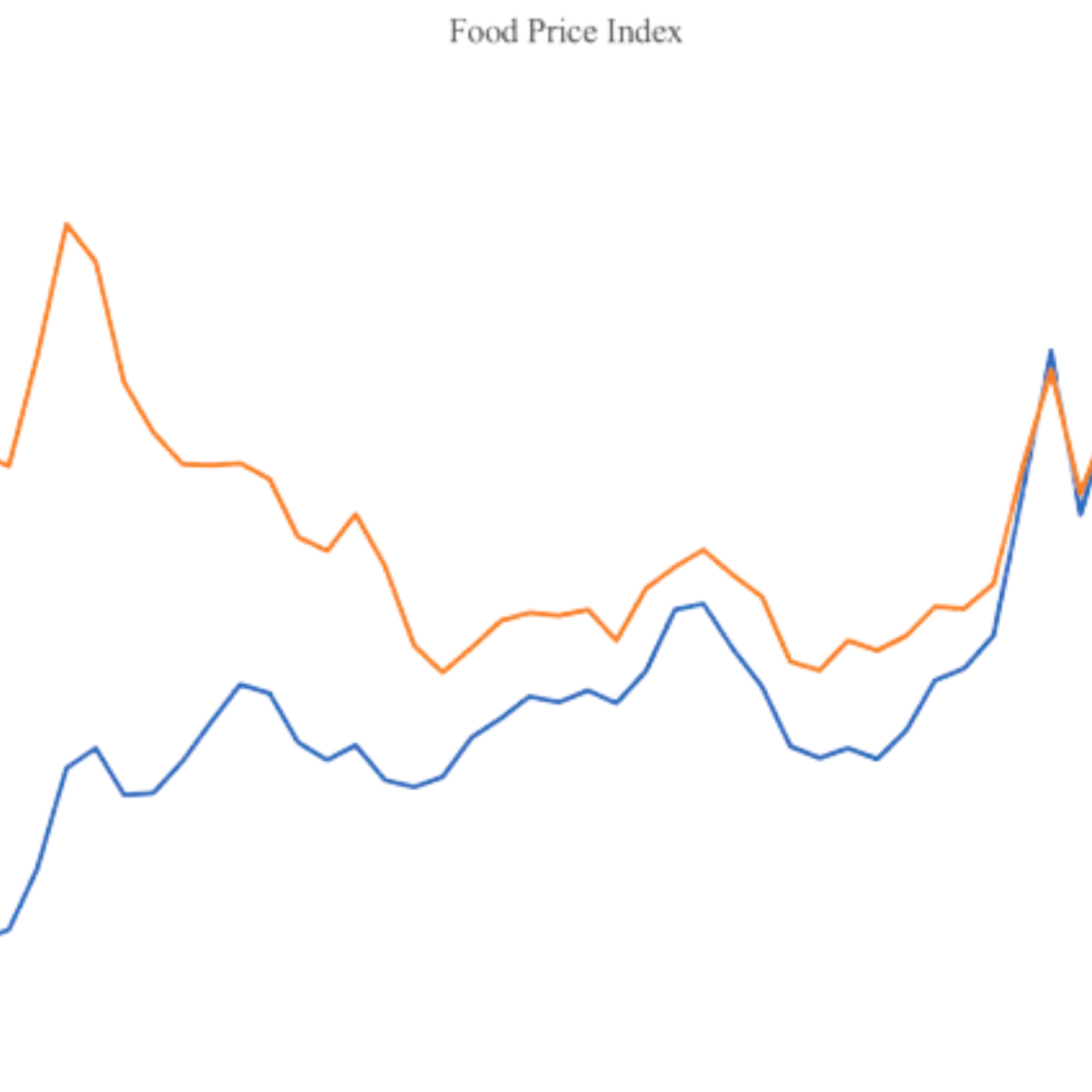Global food prices have fluctuated dramatically in recent years, which has created difficulties for producers and consumers alike. Even while recent trends indicate that these prices are leveling out, the long-lasting consequences of the earlier volatility are still felt in communities and economies. This article aims to present a thorough analysis of the long-term effects of volatile food prices, examining their implications for different stakeholders and illuminating resilience and adaptation measures.
The Legacy of Fluctuating Food Prices
This price volatility during the last ten years has had a significant effect on several fronts. Abrupt price changes have long-lasting effects, affecting everything from agricultural markets to household budgets.

Families in disadvantaged communities have been struck especially hard, struggling with decreased purchasing power and insecurity. In addition, small-scale farmers always struggle to control risks and preserve their means of subsistence in the face of volatile markets.
Economic Implications
Variations in this prices can impact trade balances, inflation rates, and government spending on social welfare programs, among other aspects of the economy. Severe price increases for food can put a strain on household finances, causing them to cut back on other expenses and escalating inequality and poverty.

In a similar vein, unpredictable price fluctuations provide difficulties for decision-makers and call for flexible approaches to maintain market stability and protect food security.
Environmental and Agricultural Concerns
The dynamics of agriculture and the environment are intimately linked to the volatility of this prices. Disruptions brought on by climate change, such as harsh weather and altered growing seasons, increase supply uncertainty and price volatility.

Furthermore, the globalization of food production and delivery makes markets more vulnerable to interruptions in the supply chain, making efforts to maintain price stability and guarantee universal access to food even more challenging.
Social Impacts and Food Security
Changes in this prices have a significant social impact because they limit access to wholesome food and exacerbate food insecurity, especially in groups that are already vulnerable. Families may be forced to make dietary sacrifices due to high food costs.

Which raises the risk of malnutrition and related health problems. Furthermore, ongoing food insecurity exacerbates inequality and threatens social cohesiveness, feeding the cycle of poverty and marginalization.
Market Speculation and Financialization
It is impossible to ignore how financialization and market speculation increase the volatility of food prices. Commodity market speculation.

Fueled by elements including investor behavior and financial deregulation, can intensify price swings, making it challenging for producers and buyers to forecast and make plans for future market conditions.
Trade Policies and Globalization
The dynamics of food prices are significantly shaped by trade policies and globalization. The movement of agricultural products across borders is impacted by trade obstacles, tariffs, and subsidies, which have an impact on both domestic prices and the stability of global markets. Furthermore, the interconnectedness of the world’s food markets exposes nations to shocks from the outside world and interruptions in the supply chain, emphasizing the necessity of well-coordinated risk management plans and policy responses.
Technological Innovations and Resilience
Precision farming, digitization, and biotechnology are examples of agricultural technological advancements that show promise for boosting resilience and lessening the effects of price volatility. By enhancing productivity, maximizing resource utilization, and bolstering supply chain resilience, these technologies can help create more reliable and effective food systems.
Nutritional Implications and Health Outcomes
Beyond the economic and social spheres, fluctuating food costs have an impact on health outcomes and nutritional intake. Exorbitant food costs can restrict the availability of a variety of nutrient-dense foods, resulting in nutritional deficits and related health hazards like obesity, non-communicable diseases, and malnourishment. Holistic strategies that give equal access to nutritious meals and nutrition-sensitive interventions as top priority are needed to address the volatility of food prices.
Policy Responses and Institutional Frameworks
Institutional frameworks and effective policy responses are crucial for food price volatility to be controlled and food security to be promoted. This covers policies like social safety nets, market regulation, price stabilizing mechanisms, and investments in agricultural infrastructure and research. International coordination and collaboration are also essential for resolving cross-border issues and guaranteeing fair access to food resources.
Climate Change and Adaptation Strategies
Food security is seriously threatened by climate change, which also makes the problems brought on by price volatility worse. A shortage of agricultural products and price increases are caused by disruptions to agricultural production systems caused by rising temperatures, changing precipitation patterns, and extreme weather events. Building resilience and protecting food systems against climate-related hazards require adaptation methods such as crop diversification, insurance policies, and climate-smart agriculture practices.
Consumer Behavior and Food Waste
Food pricing dynamics and resource use are also influenced by consumer behavior and food waste. Excessive food waste exacerbates market inefficiencies and drives up prices at both the manufacturing and consumption stages. To lessen price pressure and increase the resilience of the food system, sustainable consumption patterns, less food waste, and improved food delivery networks should all be encouraged.
Resilience and Adaptation Strategies
Building resilience throughout food systems is essential to reducing the effects of price fluctuations in the face of continuous volatility. This entails making investments in robust and diverse food production systems, as well as better access to market information and sustainable agriculture. In addition, social safety nets and focused interventions are necessary to safeguard marginalized groups and strengthen their resilience to economic shocks.
Even while there are signs that food prices are leveling off, the global food landscape is still shaped by the volatility of the past. Reducing the long-term effects of price volatility calls for coordinated actions from various sectors, including changes to policies, funding for projects aimed at enhancing resilience, and improved cooperation between relevant parties. We can lessen the negative consequences of price fluctuations and create the conditions for a more sustainable and food-secure future by promoting a more egalitarian and stable food system.

